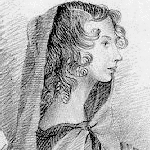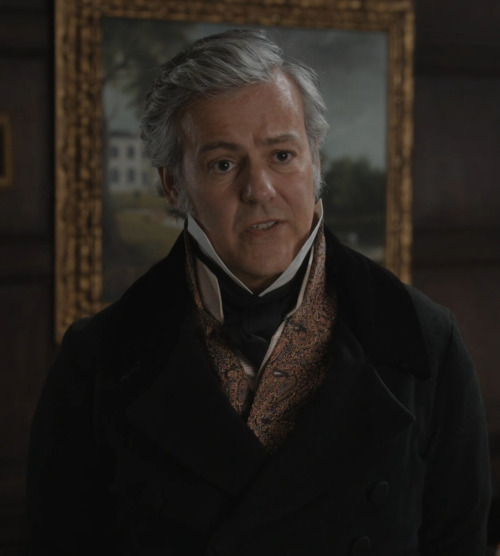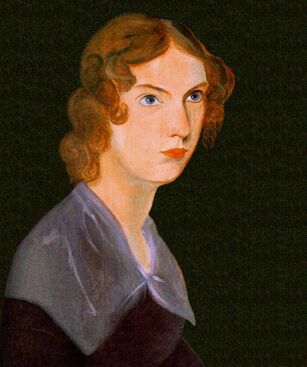


Gilbert and Susan Gubar in The Madwoman in the Attic (1979), the chapter argues that Agnes Grey reworks the tropes of imprisonment, a split sense of self, and a deviant double and that it constitutes a noteworthy contribution to Victorian literary representations of female identities. For much of the novel, Mr Weston seemed as uninterested in Agnes as William. Relating Brontë’s novel to nineteenth-century women’s writing as analysed by Sandra M. One notes that Brontes own alleged paramour. The chapter demonstrates that besides engaging in topics such as women and work, religion, education, and human-animal relationships, Agnes Grey both unwittingly reflects and consciously condemns an oppressive class and gender ideology that curtails the scope of female agency.

This makes Agnes Grey interesting both from a psychological point of view and as a historical document giving insight into the situation of English middle-class women in the 1840s. This chapter argues that Anne Brontë’s Agnes Grey (1847) is comparable to its eponymous heroine and to standard portrayals of its author: under the ostensibly self-controlled, plain, and unassertive exterior linger hidden depths of anger and despair.


 0 kommentar(er)
0 kommentar(er)
